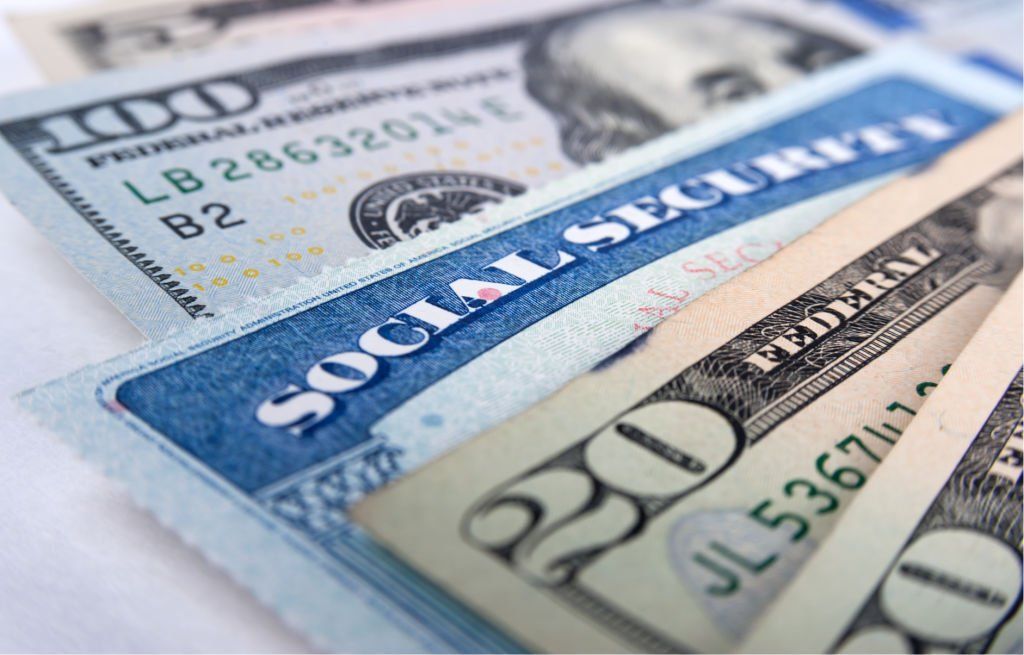A Frank Conversation About Interest Rates and Risk

Originally written on 2/6/2017.
Sign up to receive my free monthly email articles for strategies and tips to make the most out of your retirement
.
After a
three-decade decline in interest rates (since the early 1980s), have
interest rates finally bottomed? The 10-year U.S. Treasury
yield has been below 4% for over eight years. Will rates remain low or
will they rise? How can fixed-income investors earn a good, predictable
interest rate without losing ground to inflation or
other financial hazards?
Conversations I have about interest rates usually go something like this.
Why are interest rates so low?
U.S. interest rates are low because of slow economic growth and low inflation. Also, foreign central banks continue to buy bonds, pushing down global yields. As a matter of fact, the rest of the world’s rates are even lower than the U.S., which is still near record lows. So investing in foreign bonds is not the solution to the low-yield problem.
Will interest rates rise in the near future?
Some economists think that to see significantly higher yields, we probably need to see both a hawkish Fed and high inflation—and that the probability of both of those things happening is low. They argue that even if U.S. rates rise and the new presidential administration’s policies are inflationary, the “lower for longer” trend seems sustainable well into the year while Europe and Japan continue to experiment with negative policy rates and quantitative easing.
Other economists see some of the Trump policies, such as lower corporate tax rates and lower regulatory burdens, spurring small company growth and the general economy. Also President Trump’s emphasis on infrastructure spending, coupled with lower tax rates, could lead to a higher budget deficit and higher inflation. They think this heating up of the economy and inflation would cause Central bankers to raise rates accordingly. Rates have already drifted higher after the U.S. presidential election in anticipation of some of these outcomes.
No one knows, but I think it is more likely than not that there will be a gradual increase in interest rates going forward.
Why should I invest in bonds for interest income?
In my article, Why Invest in Bonds , I say that a primary reason for investing in bonds is to produce interest income. Bonds are generally capable of producing a higher regular income (called a coupon) than stock dividends. Another primary reason for using bonds is to reduce the volatility of a common stock portfolio. Safety of principle is the main concern.
Why are rising interest rates potentially risky for me as a bond holder?
Rising rates means new bonds are being issued at higher rates than older bonds. That is good for new bond buyers. But what about the value of the old, lower-rate bonds? Who would pay full price for your 4% bond if buyers can purchase a new 5% bond instead? The answer is, nobody. To sell your 4% bond, you will have to discount its price. That means its price on the market has declined. This explains why bond prices and bond interest rates are inversely related.
With the general decrease in interest rates over the last thirty years, bonds have prospered many investors through interest and price appreciation. This run-up in bond prices is something every bond holder should pay close attention to. The last long bond bear market lasted 35 years, from 1946 to 1981. Government yields went from 2% to 14%, decimating the value of long bonds bought in the 1940s and 50s. (Source: The Bear Book, John Rothchild John Wiley and Sons Inc.)
Again, here in early 2017, we find interest rates hovering near historically low numbers as in the late 1940s.
I am not projecting another 35-year bear market for bonds in the future, or interest rates reaching 14% again, but one cannot help but see more downside than upside potential for bond prices going forward.
Maybe I should just wait for rates to rise?
Waiting for interest rates to rise would make sense if you could predict that rates would rise significantly in a short period. But there is a good possibility they will not. And if you are wrong, you have cost yourself precious interest you could have been earning, making it harder and harder to catch up the longer you wait. This chart illustrates the cost of waiting.
For example, if you locked in now at 3.05% in very high-quality corporate bonds for six years, rates would need to shift up by 4.05% in four years to make up for only 2.8% earned in the first 4 years.
If you waited only one year and earned 0.15% in a money market, you would need 3.78% for the next five years to be equivalent to the 3.05% invested now for 6 years. Rates would need to shift up by 0.90% in one year, which is not likely to happen.
Now imagine the cost to those investors who have been procratinating for the last eight years, waiting for rates to rise significantly—and rates have not!
In light of future interest rate uncertainty, how can I be earning interest now and avoid losing money in bonds if interest rates rise?
One way to mitigate the risk of a price decline is to hold your 4% corporate bond until maturity, at which time you will receive the last interest payment and the par value of the bond (if bonds are bought at par, the coupon is equal to the yield, or if bonds are bought at a premium, it's because the coupon rate is higher than the prevailing market rate, or if bought at a discount, it's because the coupon rate is lower than the prevailing interest rate).
What is the trade-off to just owning a corporate bond mutual fund versus individual corporate bonds? The trade-off is the mutual fund offers diversification (several companies) and perhaps liquidity and professional management that an individual bond portfolio may not. The individual bond portfolio offers protection from price declines due to rising interest rates; mutual funds do not. Furthermore, mutual fund investors could get scared and sell off if mutual fund prices begin to fall, exacerbating the decline. Higher yielding bonds bought in the mutual fund can eventually offset these price declines, but this could take up to two years or more, depending on various factors.
But if it is feasible to diversify your individual bonds using different companies in different industries (such as materials, information technology, telecommunications services, energy, financials, health care, industrials, real estate, and consumer discretionary), and receive professional help in researching the companies, this can be a win-win. You can own a professionally-selected diversified portfolio of individual bonds that you can hold until maturity, making price movements in the interim irrelevant.
If interest rates remain low or move lower, the higher interest payments enrich the investor and the investor may also enjoy some price appreciation. If interest rates rise, the investor is enriched by the interest payments without the concern of price decline. And at maturity, the monies can be reallocated elsewhere, or reinvested into even higher-paying bonds, or lower maturity bonds paying the same yield.
The beauty of this strategy is this. Either way, regardless of interest rate movements, the investor is making a steady income without taking on excessive risk.


Travis Echols , CRPC®, CSA
Receive free Social Security Guide by email




Investment Advisory Services offered through JT Stratford, LLC. JT Stratford, LLC and Echols Financial Services, LLC are separate entities.











